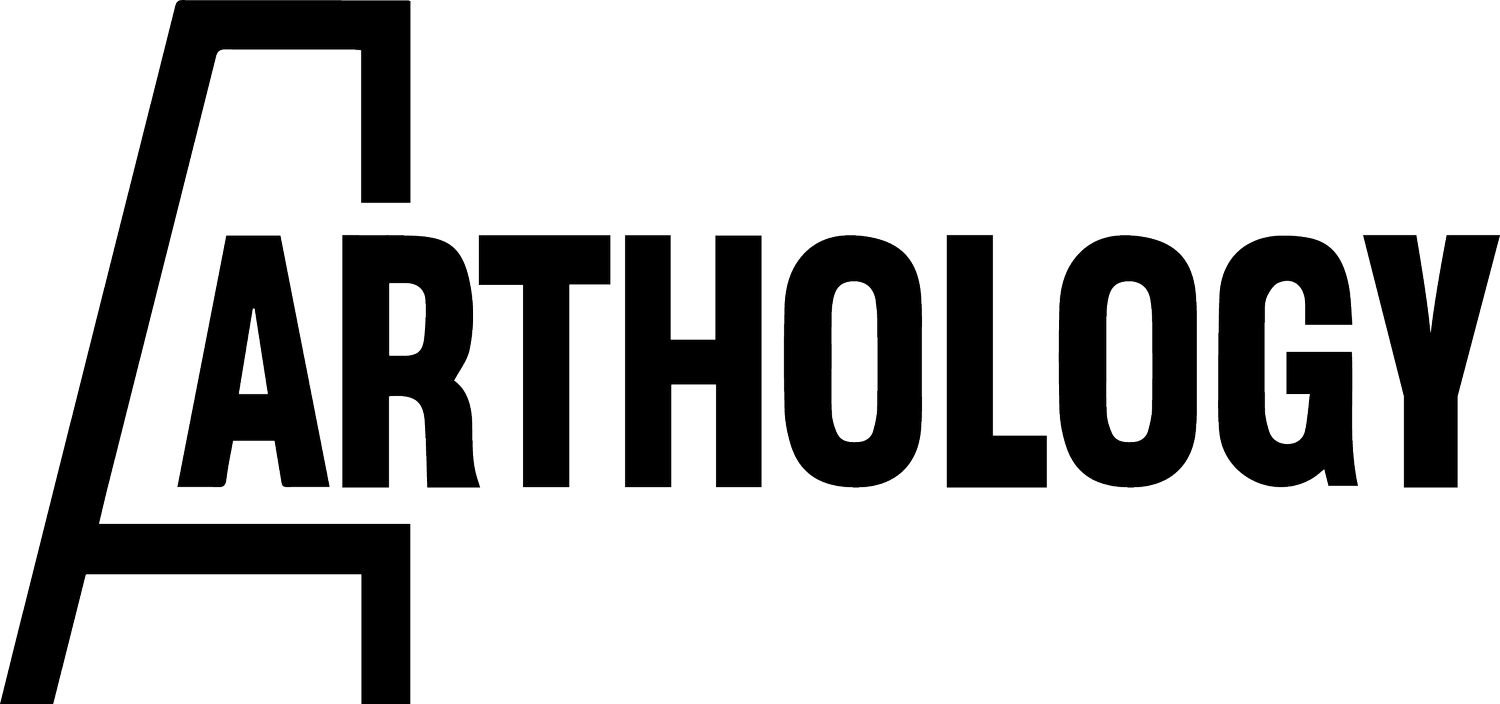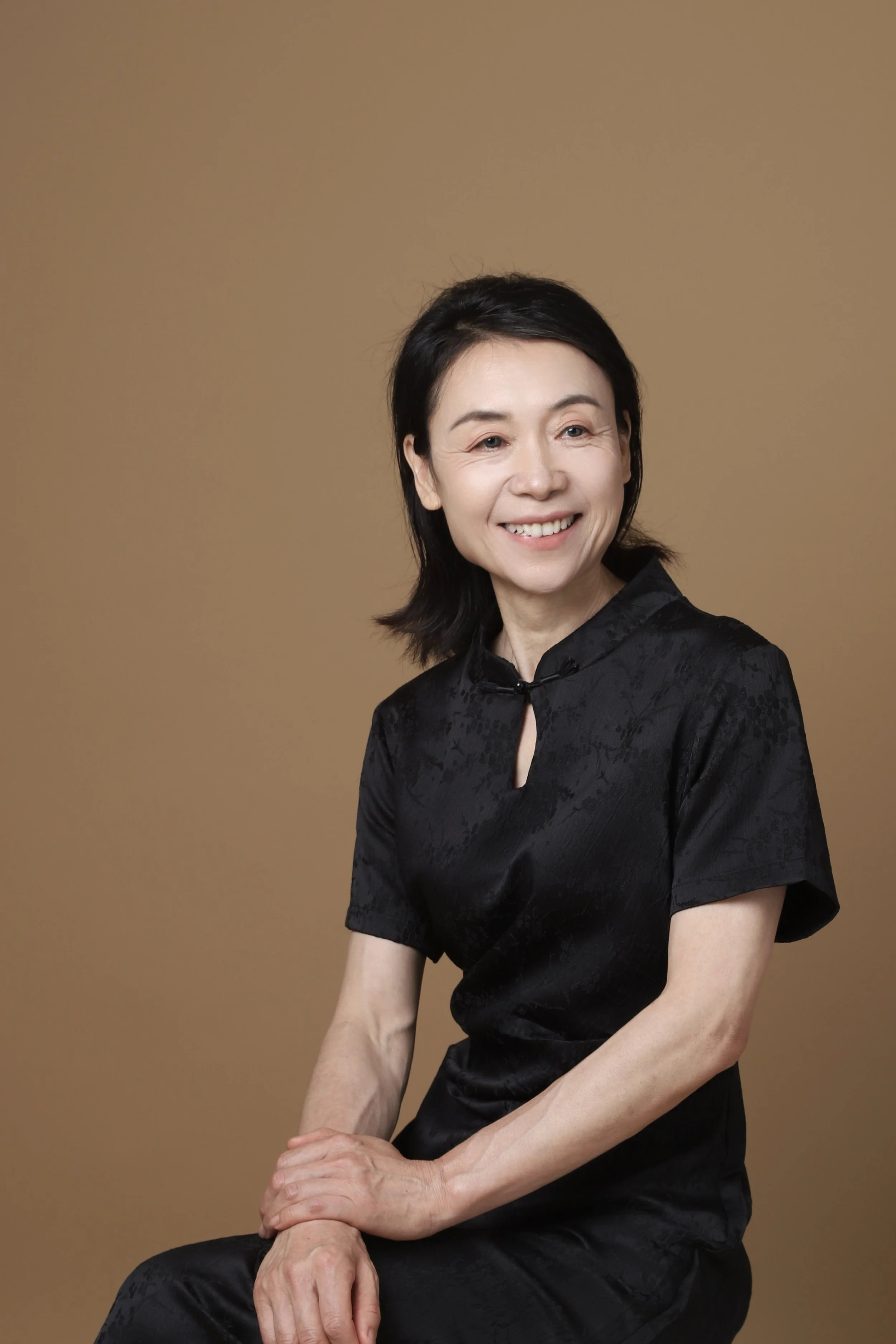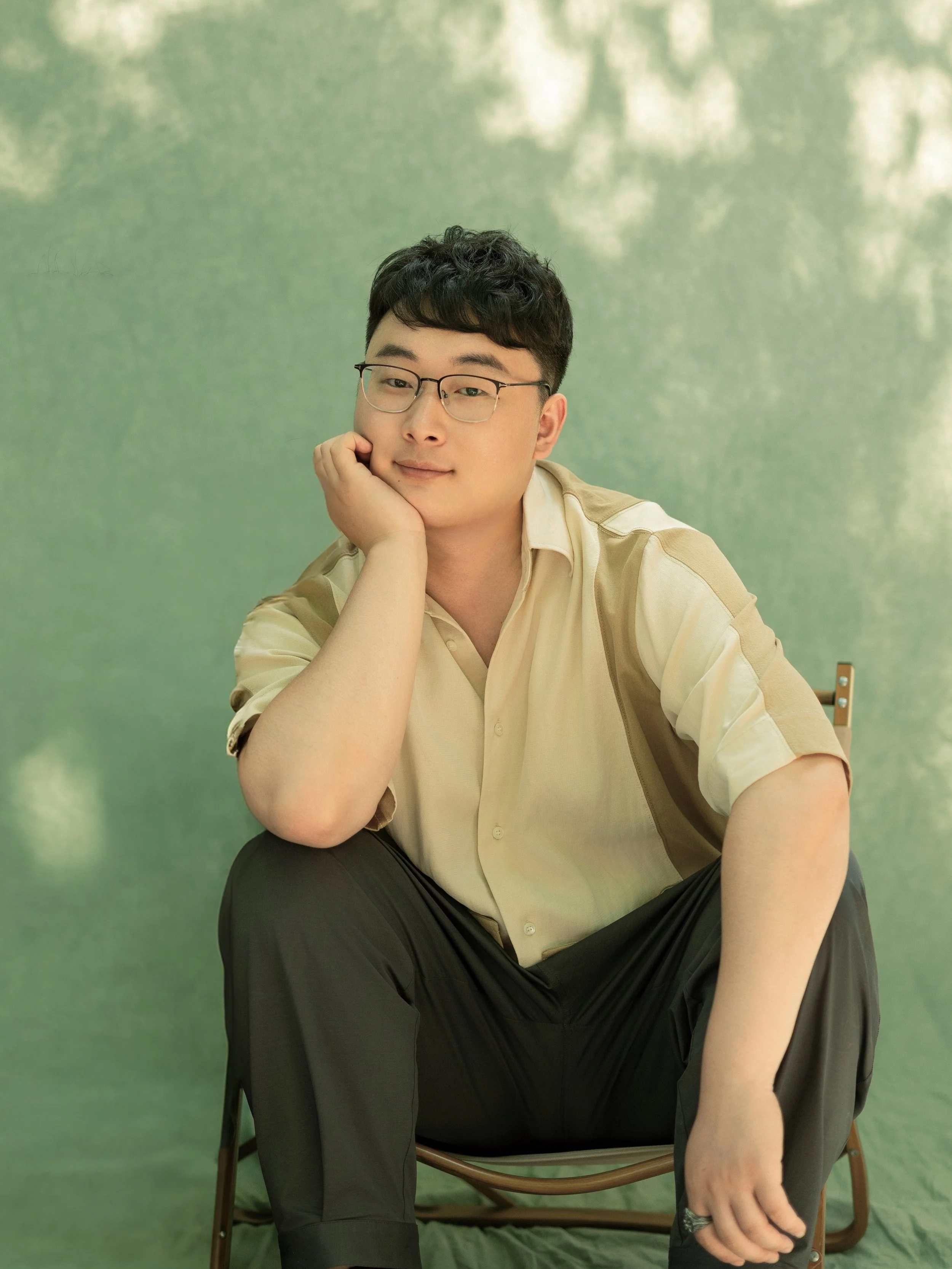Who we are
About Arthology
Arthology derives its name from the suffix “-ology”, meaning “the study of.” As its name suggests, Arthology is not just an exhibition platform, but a sustained inquiry into the ways art intersects with material, memory, and meaning. Founded in 2019 in Zhengzhou, China, Arthology operates as both a curatorial studio and a cross-cultural research platform that engages with contemporary craft, visual culture, and exhibition-making as critical methods.
In 2021, Arthology expanded to London, where it established a new branch to deepen its engagement with international artists and audiences. The team oversee curatorial programmes that bridge geographies and sensibilities — fostering collaborations between East and West, tradition and experimentation, research and emotion.
At Arthology, exhibitions are not final statements, but propositions — open-ended, iterative, and grounded in material intelligence. The platform supports solo and group exhibitions, artist residencies, publishing projects, and academic partnerships, always with a focus on long-view thinking and sensitive curatorial rhythm.
Whether in China or the UK, Arthology remains committed to slow curating: holding space for artistic processes to unfold on their own terms.
Meet the Team
-
Wei Mo
FOUNDER
Curator, writer, and cultural practitioner working across China and the UK. She is the founder of Arthology and currently serves as COO. With a background in cultural journalism and art education, Mo brings over 30 years of experience to her curatorial work. Her early career in Kaifeng was rooted in documenting folk arts, traditional festivals, and rural life experiences that continue to shape her curatorial focus on materiality, affect, and everyday aesthetics. Wei Mo’s exhibitions often engage with posthumanist and object-oriented theories, but without academic posturing. Instead, she lets materials speak.
-

Alice Fan Shi
CEO
Curator and cultural practitioner with 15 years of professional experience, committed to bridging internationally-led art initiatives with grassroots curatorial practice. Career began with large-scale cultural projects for global companies, including the HUGO BOSS Asia Art Award and the HUGO BOSS PRIZE in partnership with the Guggenheim Museum. Over time, transitioned from corporate collaborations to independent curatorial work, focusing on interdisciplinary research, artistic co-creation, and public engagement. Currently serves as the CEO at Arthology, while pursuing further study in Behavioural Science at the London School of Economics.
-
Tian Meng
DIRECTOR
With a background in digital marketing and communication strategy, Tian Meng leads the outreach and public engagement efforts at Arthology’s London branch, which he co-founded in 2021. His work bridges curatorial intent and audience reception, shaping how exhibitions resonate across platforms and publics. Tian has played a key role in expanding Arthology’s visibility through institutional partnerships and cultural events. His projects include Infinite Dimensions: Unveiling Miniature at the London Design Festival, where he integrated curatorial storytelling with multi-channel communication to foster deeper audience interaction.


